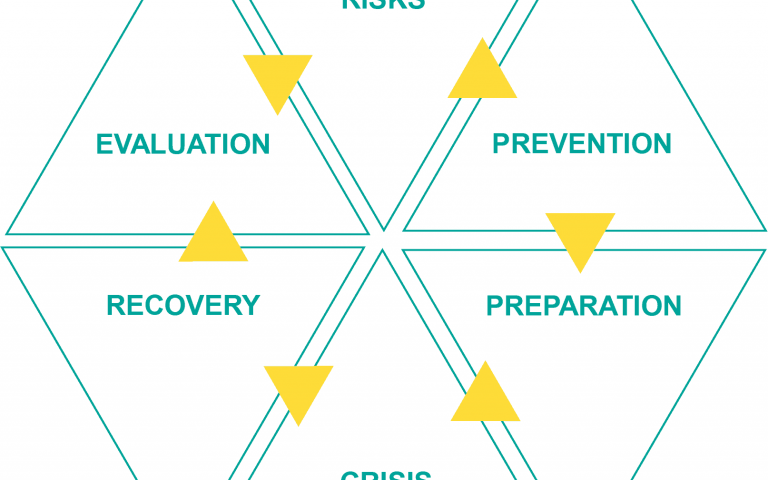In business, sunk costs are expenditures that have been made and cannot be recovered. Emotional attachment to these investments often leads decision-makers to continue pursuing projects, initiatives, or products that are no longer viable, thus compounding the losses. Learning to let go of sunk costs is essential for maintaining the financial health and strategic agility of a business. This article explores the concept of sunk costs, why they are so hard to ignore, and how businesses can effectively move beyond them.
Understanding Sunk Costs
Sunk costs can take many forms, including financial investments in projects, time spent on unproductive endeavors, or resources devoted to developing a product that fails to meet market needs. The common thread is that these costs are irrecoverable—once spent, they cannot be regained, regardless of the project’s outcome.
Psychological Factors
The difficulty in letting go of sunk costs often stems from cognitive biases like the sunk cost fallacy. This fallacy leads individuals to continue investing in a losing proposition due to the time, money, or effort already spent, rather than cutting losses and moving on. It’s a form of emotional investment that can cloud judgment.
Examples in Business
Consider a company that has invested heavily in developing a technology that is surpassed by a more efficient alternative. Despite clear indications that the project will not yield a return, the decision to continue funding it is driven by the sunk cost fallacy, under the mistaken belief that ceasing the investment equates to wasting the initial expenditure.
Strategies for Overcoming Sunk Cost Fallacy
To navigate away from the sunk cost fallacy, businesses must adopt strategies that emphasize rational decision-making and long-term strategic planning.
- Emphasize Data-Driven Decisions
Businesses should cultivate a culture that prioritizes data over intuition. When evaluating whether to continue an investment, decision-makers should rely on objective data and projected future benefits rather than past expenditures.
- Set Predefined Exit Points
Before starting a new project, define clear objectives and benchmarks for success, including exit points. This helps in making objective decisions about whether to continue or terminate a project based on its performance relative to these benchmarks.
- Foster a Culture of Psychological Safety
Creating an environment where employees feel safe to voice concerns or admit failures without fear of reprisal can encourage more open discussions about whether continuing an investment is prudent. This can help identify failing projects before more resources are wasted.
- Regularly Review Projects
Institute a regular review process for all ongoing projects. This ensures that each project is consistently evaluated for viability and success, making it easier to identify and discontinue those that are no longer beneficial.
- Learn from Mistakes
Instead of viewing sunk costs as losses, reframe them as learning opportunities. Analyzing why an investment did not pan out can provide valuable insights that drive future business decisions and innovations.
- Consult External Advisors
Sometimes, internal stakeholders are too close to a project to assess it objectively. External advisors can provide an unbiased perspective on whether it’s sensible to continue investing in a project.
Case Studies
Tech Company Pivot
A tech company initially invested in a proprietary operating system but realized that the market trend was overwhelmingly towards open-source solutions. Despite significant initial expenditures, the company decided to pivot and adopt open-source, which allowed it to regain market competitiveness and leadership.
Retail Chain Realignment
A national retail chain invested heavily in a new line of products that failed to attract consumer interest. By recognizing this misstep early through regular performance reviews, the chain was able to cut its losses and realign its inventory with consumer demand, thereby recuperating its position in the market.
Conclusion
Letting go of sunk costs is critical for maintaining strategic flexibility and financial health in business. By understanding the psychological factors at play and implementing strategies to mitigate their impact, businesses can make more rational decisions that align with their long-term goals. Learning from past investments, whether successful or not, cultivates a culture of continuous improvement and resilience.
***
TITAN Business Development Group, LLC
business coaching | advisory | exit planning

















































